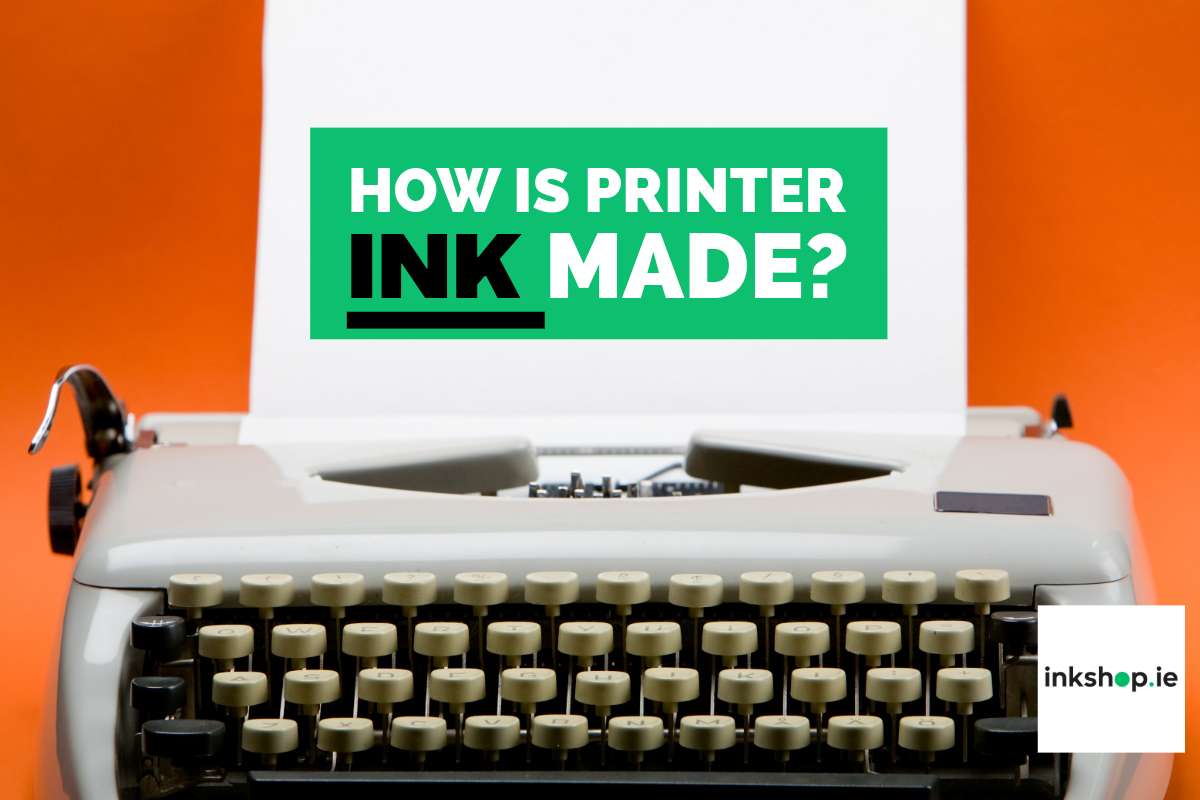Many of you are wondering how printer ink is made? What are the componants? Do we use squid ink still to print black or was that in the old days? In the below article we will try to answer all your questions. As always contact us with any queries, and if you need printer ink just use our search feature to input your printer name and you will see all compatible inks for your printer in the results!
What are the 3 main ingredients of ink?
Printer ink contains a few components we describe as pigments, resin and solvent. To get a more detailed explanation of printer ink ingredients let's take a look at a printer ink manufacturer the PCC group. They include a fourth ingredient 'excipients', a stabilizer that ensures the proper distribution of pigment throughout. You can read through the technical details of their printer ink solution to nerd out on printer ink science!
What is black printer ink made of?
Pigmented black ink comes from, wait for it, carbon! You probably could have suggested it. What's interesting is when it comes to black inkjet printer ink, you have two types between pigment based and dye based ink. You might have noticed depending on your Canon printer model, it offers a hybrid system with Canon 'CL' for dye-based and Canon 'PG' for pigment based printer ink. They recommend pigment based inks for fine-art prints, and dye based inks for glossy photo prints.
Do we get printer ink from squids?
As we mentioned above, printer ink uses dye and pigment in a highly scientific and lab based process. While squid ink would definitely die something black, with it being all natural and a food product, you will find it used in culinary recipes and fine dining.
How did they make ink in the old days?
Ok, we did only mention squid ink towards food above, but actually before people made ink in laboritories they used the natural dyes available around them. Check out the Wikipedia article on the history of ink:
The earliest inks from all civilizations are believed to have been made with lampblack, a kind of soot, as this would have been easily collected as a by-product of fire. Wikipedia ink article
One of the oldest inks known as Chinese or Indian ink actually sounds so convenient to transport for the time, at least you didn't have to worry about spillages when it was a solid block!
The glue and pigment were moulded together and left to dry into a hardened rock-like, easily transportable inkstick that could be re-liquefied when needed. Ink was made by grinding off a fine dust from the stick and adding water.
So clever and resourceful, and closer to home of course we have a great example of old styles of ink in The Book of Kells. This ancient book uses iron gall ink as one type; comprising of gall nuts, iron sulfate, water and gum arabic. You can read more about this type of ink at History Today.

